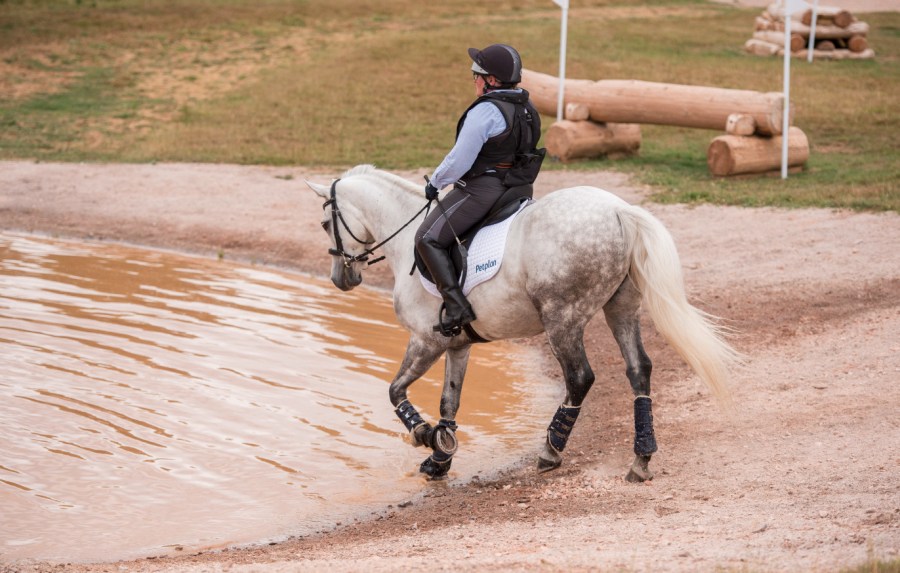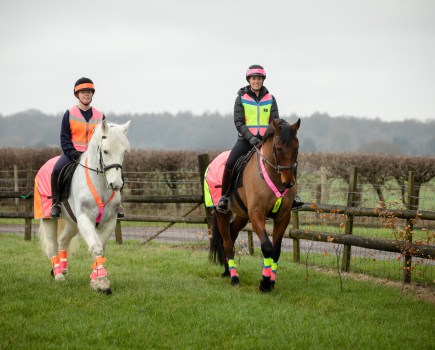Safety in (and out of) the saddle is essential when you ride a horse, and a body protector and air jacket are two of the most important items of safety gear that you will own, for hacking as well as horse sport.
But which should you wear — or is both at the same time, as many competitive riders choose to do, a better decision?
Your Horse recently reported that the safety of body protectors and air jackets is being assessed by the international body for equestrian sport — the FEI — following a huge increase in use by all levels of riders.
With this in mind, understanding the differences between the two items and benefits that each one provides is key to deciding what to wear.
Selt beat and air bag
“Think of your body protector as the seat belt in your car and your air vest as the air bag. Your body protector offers continuous protection, whereas an air vest offers protection only when triggered to do so,” advises BETA executive director Claire Williams.
“Therefore, your body protector will offer you protection at the first level, whether on the ground or in the saddle, while an air vest comes in as the second level of protection, as you need to be thrown off a horse for it to inflate.
“Therefore, for falls during which you tumble with your horse (such as a rotational fall), rather than being thrown clear, air vests will not always be triggered to inflate.
“We have often seen that air vests are best suited to falls when the rider lands flat on the ground, but some don’t offer a great deal of protection from pointed kicks or falls onto pointed or sharp objects once you’ve landed.”
Correct wear
“The challenge when selecting safety equipment is knowing when you are going to need them — tricky when you don’t have a crystal ball,” adds Claire.
“Whichever you choose, make sure that they are correctly fitted. In the case of body protectors, the most common cause of complaints around bulkiness or comfort are linked to poorly fitting garments.
“Modern foams are lighter, more flexible and softer and should always be worn as close to the skin as possible.
“However, there is no getting around the fact that they do add an extra layer of bulk, which you will need to get used to.”
Temperature control
“[Body protectors] are brilliant in the winter as an extra layer of warmth, while in the summer wearing as light a base layer as possible helps with temperature control,” continues Claire.
“Air vests are lighter, but must always be worn as the outer-most layer.
“Some users have reported their horses disliking the sound of the canister being triggered to inflate, and there is an ongoing cost in canister replacement and annual servicing.
“Whichever you choose, make sure that you do use it and don’t just leave it hanging in the tack room.”
Combined wear
According to research undertaken by British Eventing some time ago, the best form of protection for horse riders is the body protector and air jacket combined.
“In the case of an air vest, as there are moving parts that can seize up over time, it should be serviced on a regular basis — just as you would your car,” advises Claire.
“Follow the recommendations of the vest’s supplier for care and maintenance.
“Also store it carefully away from rodent attack (it won’t inflate with a hole gnawed in it) and make sure that you replace the canister immediately after any triggering fall.
“Not looking after it will risk it not working when you need it the most.”
Main image © Your Horse Library/Kelsey Media Ltd








